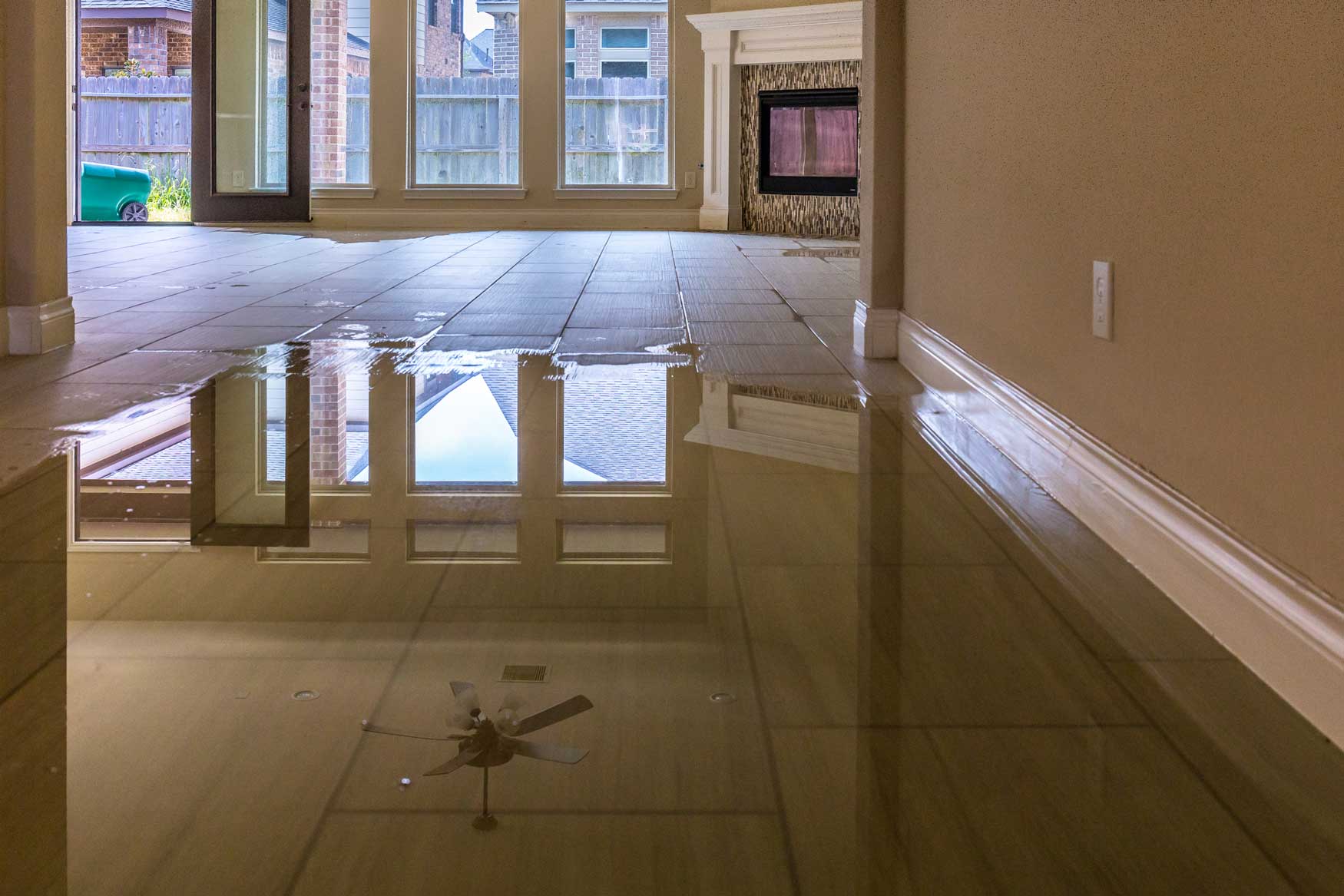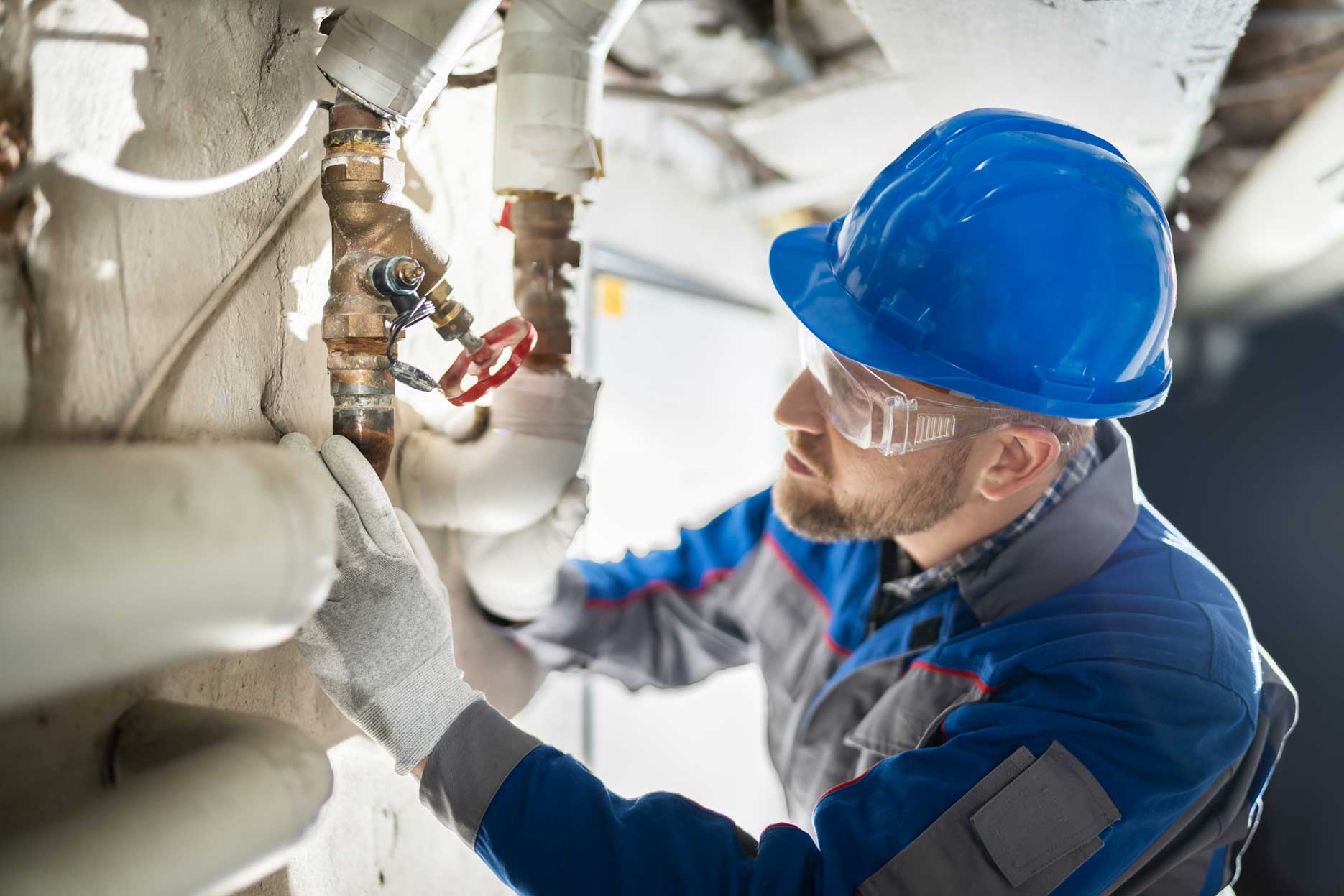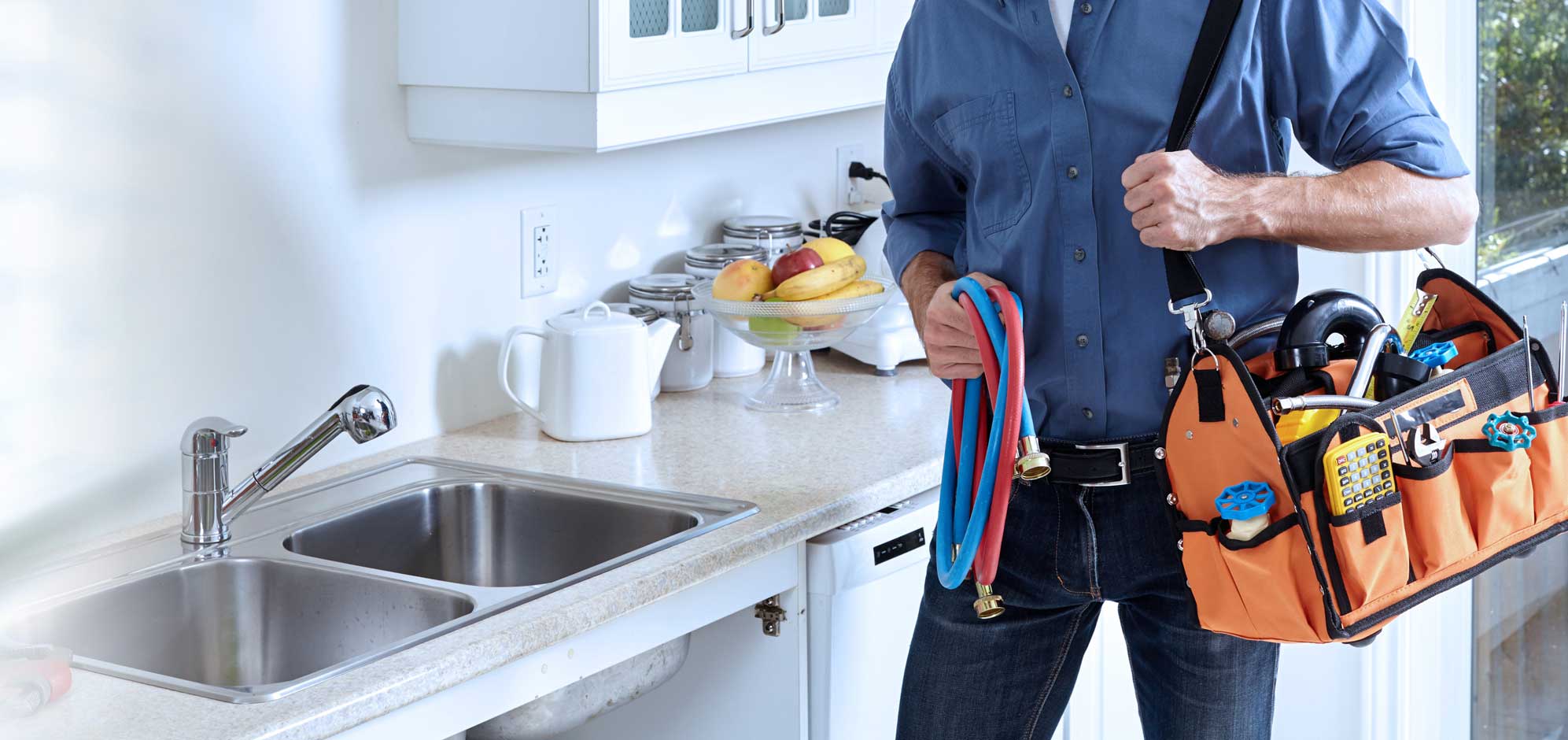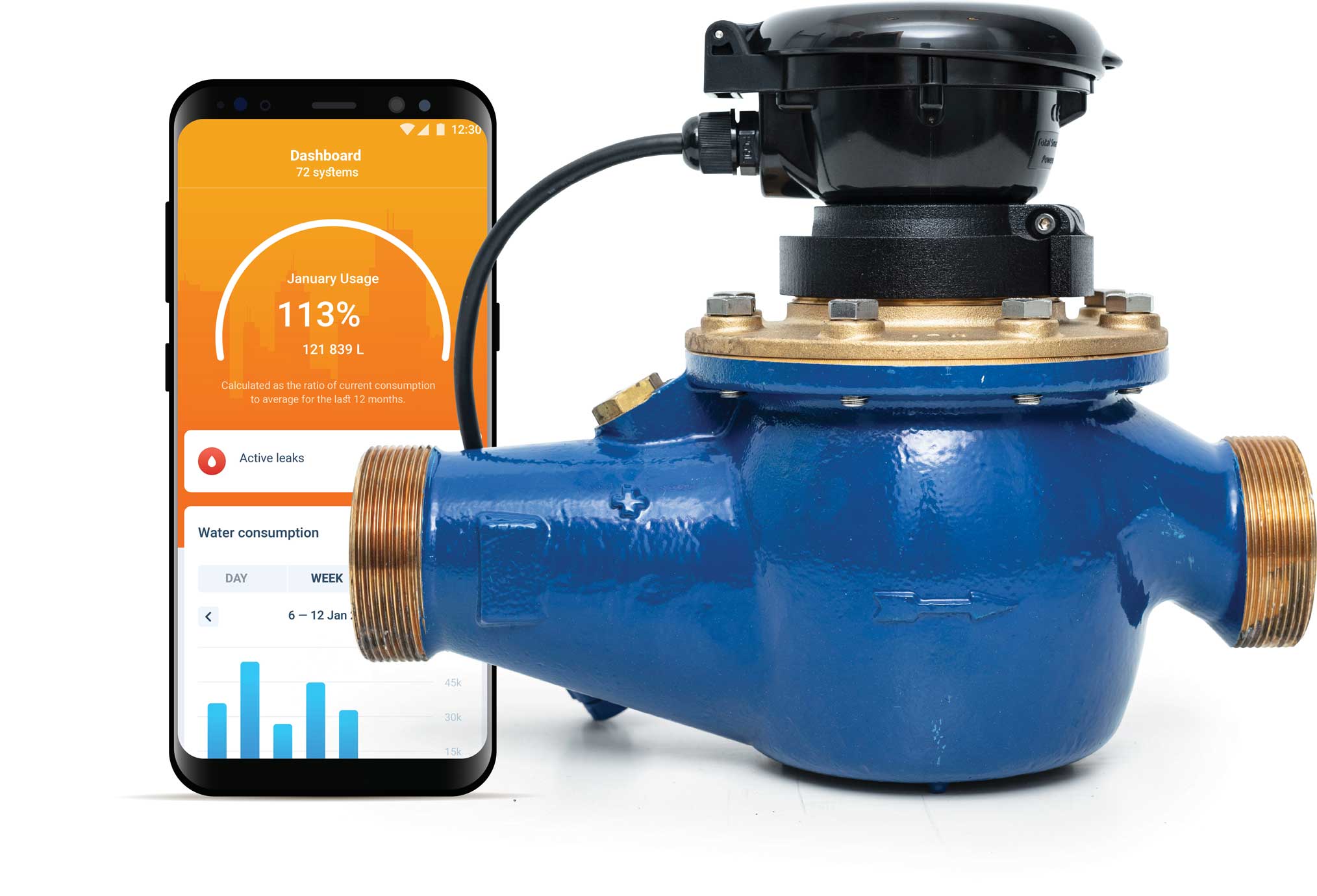Still water runs deep. When it comes to water intrusion in structures and buildings under construction, unnoticed leaks can lead to costly repercussions.
Water damage is a common cause of insurance claims, accounting for over $13 billion in annual payouts in the United States. As soon as any leak is detected, containing it to prevent additional damage is vital.
Leak prevention and water damage mitigation are among the top priorities for property managers and developers in 2024. But why is water intrusion causing so many headaches for so many people nowadays, and what can you do to protect your property and business?
The consequences of water damage
Water damage can devastate a commercial, residential, or industrial facility, either built or during construction. However, its consequences go beyond infrastructural catastrophes. The types of risks that water damage introduces to your property or worksite include:
Equipment loss
Whether the building is complete and occupied or under construction, there is valuable equipment in place that can be damaged by water. Electronic components in lifts, electric boards, specialized manufacturing equipment, precious construction machinery, and anything powered by electricity are at risk from water damage.
Water damage can also destroy valuable supplies and products in retail or manufacturing structures, resulting in the urgent and costly need to replace them to continue business operations. Not to mention the downtime of the business operations when your infrastructure malfunctions. Water leaks can be even more harmful in data centers and mission-critical facilities such as hospitals, where safeguarding medical equipment is crucial for patient care and safety.
Property damage
Water intrusion in buildings can ruin different parts of the structure, including water damage in ceilings, floors, drywall, and fixtures. These can be replaced or repaired as needed. Still, the challenge is much more significant when it comes to long-term high water flow, wrecking the structure and foundations of the building, and even posing a health and safety risk to employees and occupants.

Health, safety, and ESG concerns
Slippery floors are often associated with workplace accidents involving injuries and can pose a risk if not properly marked with a “wet floor” sign. However, water damage can become much more dangerous over time, mainly when mold develops in areas where people spend lengthy periods.
It’s also worth remembering that not all water is the same. Gray water (from sinks, dishwashers, washing machines, and showers), black water (sewage from toilets), and toxic manufacturing byproducts can pose a biohazard to all building occupants and visitors, as well as the environment. Failing to address such risks may result in non-compliance with ESG policies and hefty fines from local environmental authorities and regulations.
Financial costs and losses
The losses water damage can incur to a business vary in type and depend on the scope and speed of remediation. For example, retail companies may lose revenue due to destroyed products and the temporary shutdown of sales floors. A construction project can suffer costly delays, and a residential building may be hazardous to occupy before all the water damage and its repercussions are addressed. Lastly, a manufacturing site may have to shut the production line down for a lengthy period until electricity can be safely restored to affected areas.
Such costs can be exacerbated depending on the type of construction insurance you purchased. Most basic builder’s risk policies typically only cover damage caused by weather-related events or third-party vandalism. Even with some expenses covered by an insurance policy, the deductibles are constantly rising and can get very high. Water damage can also impact insurance premiums. Multiple water damage claims increase exposure for insurance providers and risk putting you under more scrutiny from potential insurers.
Water damage mitigation: Why does it matter, and why now?
Water-related insurance claims cost, on average, three times as much as other types of property insurance claims. Interestingly, most water damage claims result from an accident or lack of maintenance rather than weather-related – which means you could prevent them with adequate maintenance and preventative measures.
Unlike water damage restoration or remediation, water damage mitigation focuses on minimizing the potential damage risk of any water intrusion in a building structure. This strategy entails locating the source of the leak, stopping the leak, and evacuating the water from the site to prevent additional damage. Mitigating the damage quickly and efficiently is critical to lowering the potential costs and length of water damage restoration efforts.

The damage isn’t done: 5 measures for a leakproof system
1. Identify water intrusion risks
The first step to mitigating water damage is understanding how water may get where it isn’t supposed to in a building or construction worksite. This entails assessing the risk of malfunction in the water supply or removal infrastructure and addressing flood risks. At this point, it’s also essential to ensure that all relevant stakeholders can access current maps and drawings detailing all the building’s water sources and control valve locations.
For large multi-story or multi-family buildings, the best approach to identifying water intrusion risks is to hire the services of an accredited professional water damage risk assessor. The initial assessment and periodic reviews should include an in-depth report on all water systems and structural water intrusion risks. These risks should cover plumbing, sewage, HVAC, roofs, balconies, sprinkler systems, and boiler rooms, amongst other water systems.
In addition, the assessor can help identify the potential risk to business continuity and valuable stock or equipment due to water damage. This information is vital in developing a reliable water damage response plan and should be included in your broader risk management plan.
2. Schedule regular inspections of all water systems
Once you have drafted your water risk register based on the water intrusion risk assessment, you know where to look for early warning signs of water intrusion.
Water systems can suffer wear and tear over time, be damaged during construction, or due to unforeseen disasters like earthquakes. Ensure you designate inspectors and regularly review all water systems, including plumbing and HVAC systems, sprinkler systems, roofs and roof-mounted water tanks, drains, and downspouts.
Remember: the sooner you recognize and address any sign of water damage, the likelier you are to prevent costly water damage restoration. Pay attention to moisture stains and pooling hiding behind furniture or fixtures, and stop even the tiniest of leaks immediately.

3. Follow manufacturer-recommended maintenance schedules on water supply lines and equipment
A critical part of water system inspection is looking for active leaks and pinpointing “weak spots” across systems to ensure their functionality. For example, some manufacturers recommend oiling shut-off valves at least annually, and most water tanks wear out after a decade.
Many systems, like HVAC and sprinkler systems, require professional maintenance. You may need to contract specialists to inspect and perform preventive maintenance on those systems.
4. Install leak monitoring and automatic flow shut-off
When it comes to pipes and systems hidden from sight or located in vacant buildings, technologic-enhanced equipment can monitor and automatically shut down water valves when a leak is detected. For example, WINT Water Intelligence AI-powered IoT device leak detection proactively mitigates water leaks as they occur while supplying your teams with all the relevant information in real-time.
Allowing centralized management of multiple systems across buildings, WINT’s enterprise-grade water leak detection and mitigation systems enable a rapid response capability that ensures that the source of the leak is quickly identified and action is taken immediately from remote.
5. Create a water damage mitigation plan
What happens once a leak is detected and stopped? The answer depends highly on the type of leak, its severity, and the potential risk to daily business continuity. The last step in your journey to a leakproof system is determining and documenting how you respond to water damage when it is detected. Time is of the essence, so having a plan is critical to minimizing the scope of the damage.
Your water damage mitigation plan should include all relevant stakeholders, their roles, and contact information for the insurance agency and service providers. Last but not least, communicate your water damage mitigation plan and train all relevant personnel to fill their role in case of a water crisis.
Proactive water damage prevention with WINT
Mitigating water damage requires a speedy response, and early detection is critical to minimizing damage and avoiding extensive water damage restoration costs. With WINT’s proactive leak detection and prevention solutions, customers see 75% fewer claims and 90% less monetary expense due to water damage.


